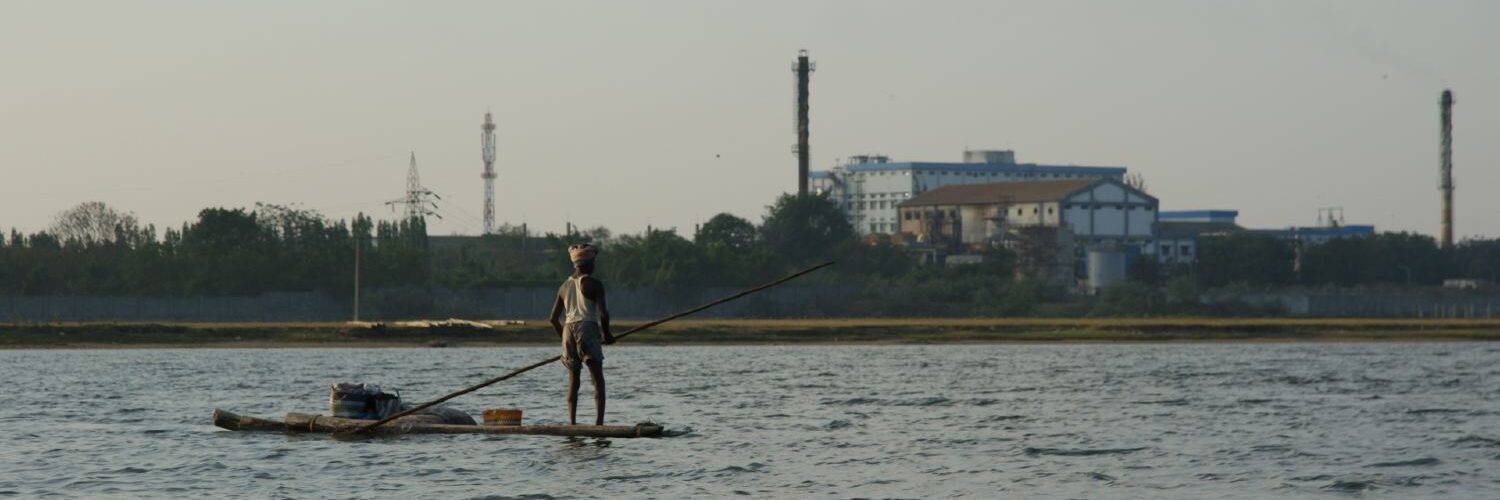PRESS RELEASE
Chennai, 2 December 2005: An air sample of the smoke taken from open burning of garbage in the vicinity of the IT corridor in Pallikaranai Marshlands revealed that ragpicker children, residents and motorists passing through the area are exposed to at least 27 toxic chemicals including 3 cancer-causing chemicals at high levels. Given the high density of population in the area, and the fact that the noxious fumes are emitted from garbage dumped in one of the largest natural water bodies underscores the urgent need for the end of garbage dumping in Pallikaranai. More than a third of the city’s garbage is dumped in Pallikaranai by Onyx, Alathur municipality, local residents and commercial establishments. Released on the eve of the Bhopal disaster anniversary, “Choking in Garbage” — the report by Chennai-based Community Environmental Monitoring program of The Other Media — exposes the serious ramifications of the way garbage is mismanaged in India. “It is to be expected that the chemicals found are typical of most open burning of mixed garbage. The culprit is not the fire, but the environmentally unsustainable material such as different kinds of plastics in packaging, and the toxic substances such as pesticide cans that end up in the garbage,” said CEM. Along with Save Pallikaranai Marshland Forum, CEM has called for an immediate end to dumping of waste in the wetland, and for the implementation of the Municipal Solid Waste Act that calls for source-segregation of wastes. Additionally, the Government should take aggressive steps to encourage the development of eco-friendly and socially just alternatives to the plastics-based packaging prevalent today.
The air sample which was analysed for 69 volatile organic chemicals and 20 sulphur compounds found carcinogens like benzene, 1,3-butadiene and chloromethane at levels between 200 and 34,782 times higher than levels considered safe by the US Environmental Protection Agency (US EPA). At least 15 out of 27 chemicals found exceeded US EPA’s regulatory levels.
Most of the chemicals found target the Central Nervous System and the Respiratory System. Children exposed to such chemicals are particularly vulnerable. Their developing immune and reproductive systems can be permanently damaged by chronic exposure to these chemicals. Benzene, which can cause childhood leukemia, was more than 2000 times higher than levels thought to be safe. Benzene was the chemical that poisoned an entire river in Harbin, China, last week.
The sample was taken from the Pallavaram-Perungudi road, barely 500 metres away from the site of the Perungudi dumping ground, locally known as the Onyx dump. Residents associations and environmental groups have been battling with authorities to end all dumping in the marshes and declare it a protected area. The water-body is threatened with garbage dumping and large-scale encroachments into water-spread area by construction including for the booming IT sector in the city.
The environmental groups have suggested that such complex emissions are inevitable by-products of mixed garbage burning, including in the high-cost, high-tech incinerators and the combustion-based waste-to-energy plants pushed by agencies like the USAID and the World Bank in India.
The sample was taken under the National Air Toxics study program of CEM and was analysed at a USEPA recognised Laboratory in California.
Read the Choking in Garbage report
Read Related Media Stories:
- Pallikaranai: Every breath you take here is harmful
News Today 04 December 2005 - Pallikaranai register high level of toxic fumes: Study
New Indian Express 03 December 2005 - Toxic gases threaten Chennai’s IT cos
Economic Times 03 December 2005 - Toxic gases threat Chennai’s IT corridor
NewKerala 03 December 2005 - Residents here breathe toxic air
The Hindu 03 December 2005
